Can you grow fruit trees in poor soil?
Will fruit trees grow in Florida sand?
Will fruit trees grow in pine scrub?
Will fruit trees grow on a train in the rain with a goat on a boat, etc?
If you have lousy soil or white sand in your yard, you may despair of ever growing happy fruit trees… yet all is not lost, even under rough conditions. Fortunately for you, God long ago planned ahead for “bad” dirt and created a variety of edibles that will handle conditions that would be miserable for many of our common fruit trees.
My friend Jeff (Democritus Xenophon III) and I were on our way to deliver a few fruit trees the other day when I had to stop the car because I saw something amazing in an empty, scrubby, rough, white-sand lot by the side of the road.
Here – can you see what made me stop the car?
Probably not. Look a little closer:
Can you see it now?
No? Then I’ll make it really easy for you:
Yes. I stopped for that. What can I say? I have incredible plant-sensing powers.
That there is a native Florida pawpaw… and it wasn’t alone.
Across this lot we found at least three different species of pawpaws. There are probably a hundred or so individuals altogether.
There’s one up close. At this time of year, they’re in bloom and thus easy to spot.
In Florida, pawpaws tend to be shrubs, not trees. Here’s a shot from a little further back so you can get an idea of perspective.
After they bloom, pawpaws tend to blend into the prairies and forest edges, so keep your eyes open right now so you can identify little ones growing in your neighborhood. Unfortunately, they won’t transplant from the wild until you’re a total pro, so don’t even bother. The tap root is ridiculous and breaking it will kill the plant.
Now – back to my theme of growing fruit trees in poor soil. We now know pawpaws will handle it, but the natives don’t usually bear abundant crops. But – after seeing the pawpaws, I stepped a little further into the lot and started poking around.
To my delight, I saw this:
That, my friends, is a native persimmon tree. And like the pawpaws, it wasn’t alone. There are probably at least fifty of them along the forest edge, with more seedlings scattered here and there.
Now we have two edible fruit trees that grow in “bad” soil. But we’re not done yet. The next plants I discovered aren’t trees… but they are wonderful fruit.
Check this out:
It just looks like a bunch of scrubby shrubs, doesn’t it? Look closer:
Those are native Florida blueberries. Here’s an even closer shot:
Some of these plants are completely covered in berries right now. Our native blueberry plants don’t have the large berries of cultivated varieties – but they make up for their tiny size by packing an incredible burst of blueberry flavor you have to taste to believe. In this one lot, there are likely hundreds of blueberry bushes.
Beyond the fruit, I also found multiple other useful and edible species, including spurge nettle (edible root), prickly pear (edible pads and fruit), sumac (edible fruit) and Yucca filamentosa (a source for fiber).
Along with these directly useful plants, there was also a large population of poison oak, a couple of pines, scrub and turkey oaks, various aster family members, smilax and this amazing milkweed:
That’s this guy. Beautiful stuff.
Here’s another shot:
Can you spot the monarch caterpillar in the image above?
Sneaky.
Now, to answer the question “can you grow fruit trees in bad soil?”
YES, YES, YES!!!
Basically, this entire vacant lot is a wild food forest containing a healthy community of plants interacting and producing food with no help at all from humans.
This is why you need to look around at nature constantly and quit trying to force things. You might have a hard time growing apples, peaches, bananas and pears (though some of the pears I carry in my nursery, like the “Pineapple” pear would probably do well) on a lot like this… but you’d probably do great by getting “improved” relatives of the plants that are already there.
If I was going to grow a food forest on land like this, I’d plant Japanese persimmons, rabbiteye blueberries, nopale cactus, cassava and chaya (relatives of spurge nettle), and of course, some pawpaws.
Almost wherever you are, you can grow fruit trees if you let nature be your guide.
Now go.
And look.
And learn with childlike wonder as you see what the Great Gardener has planted.

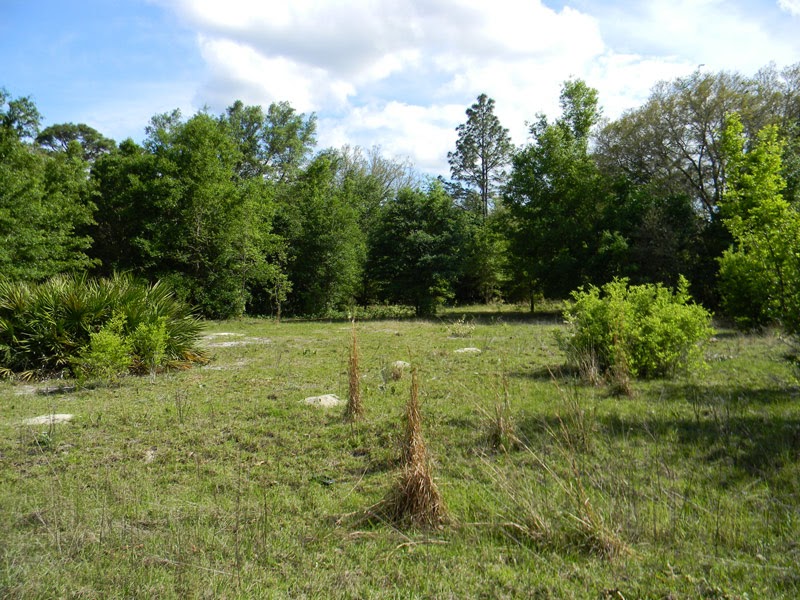

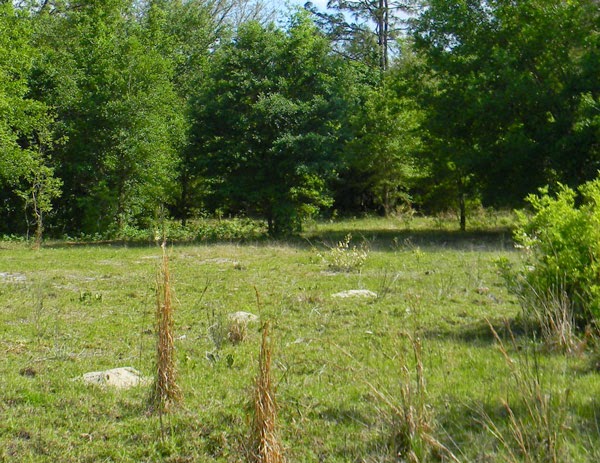
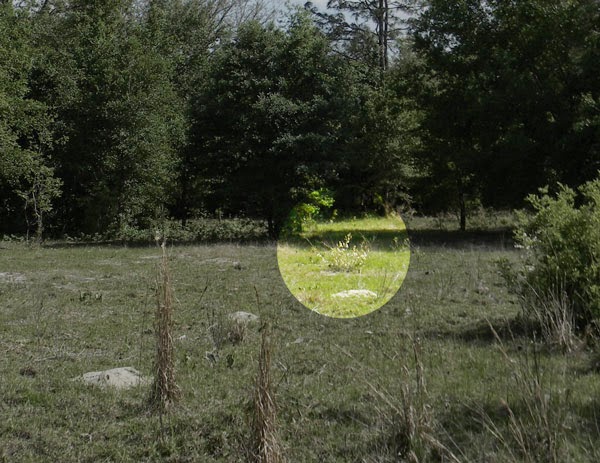
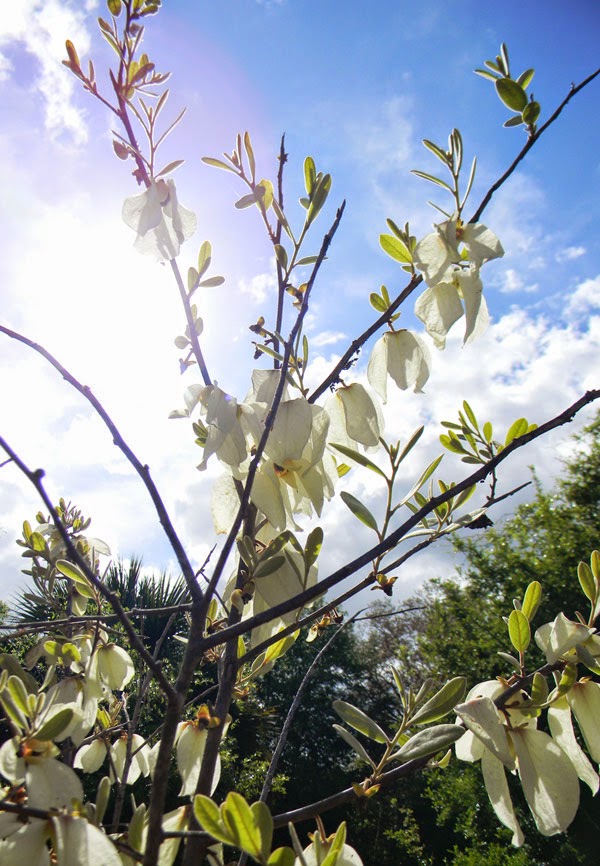
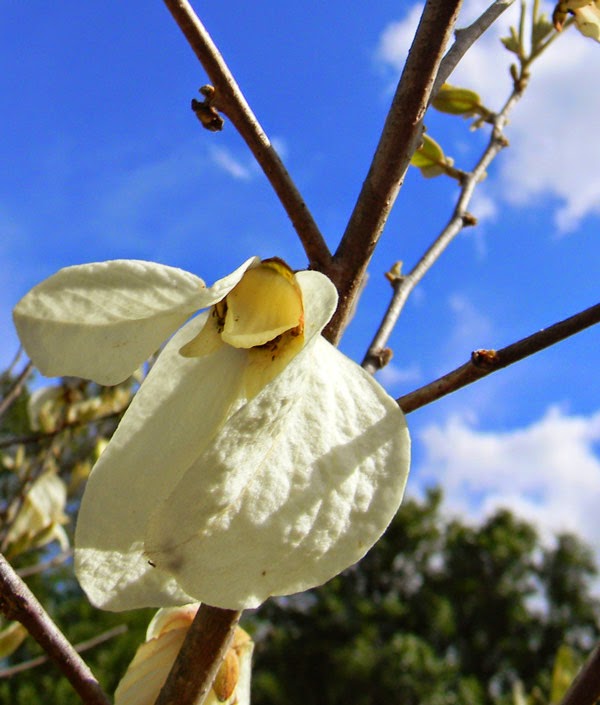
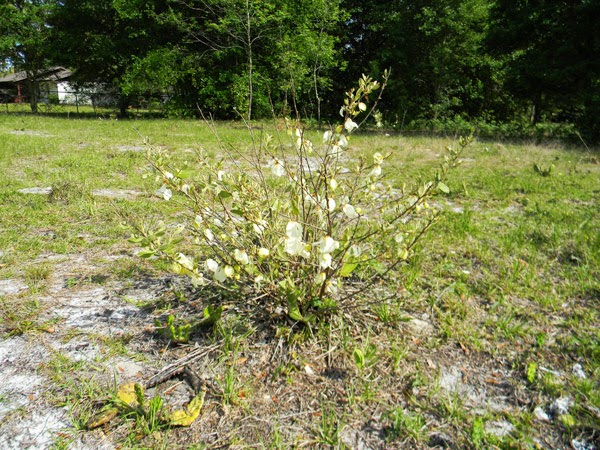
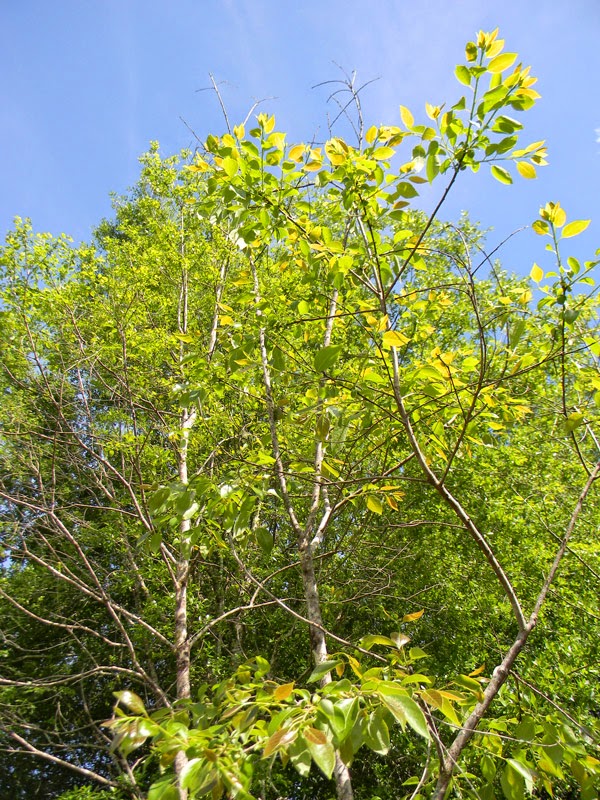
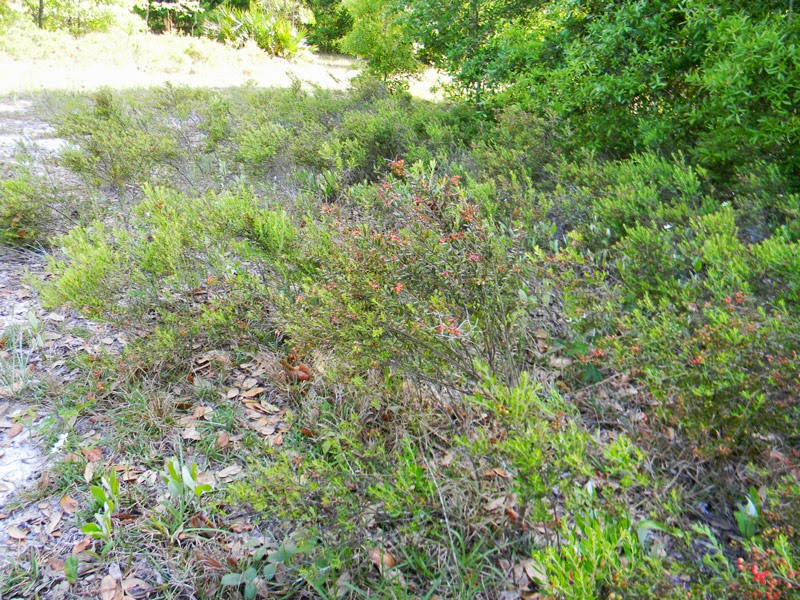
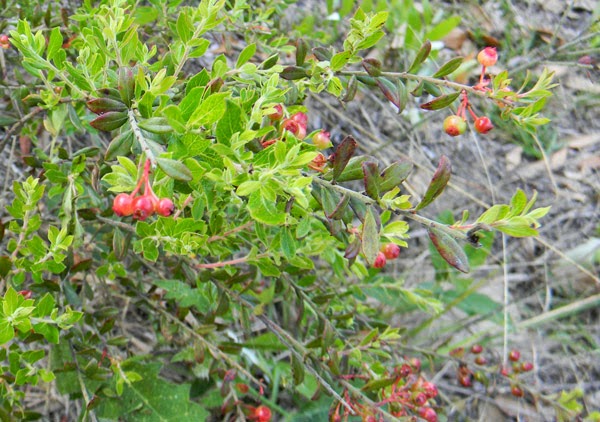
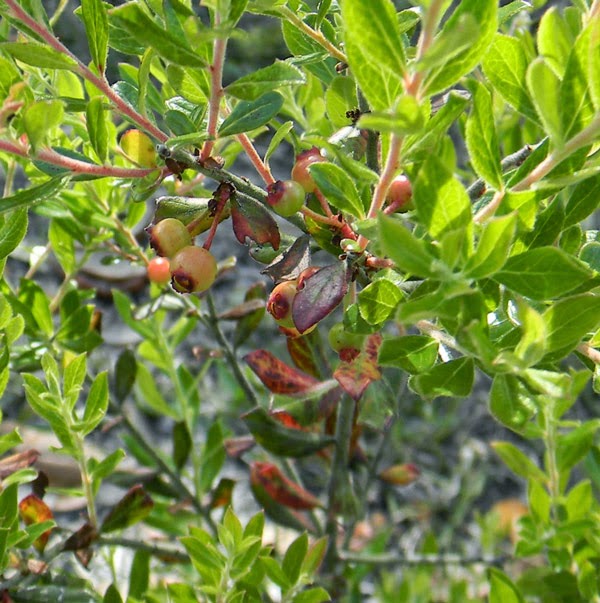

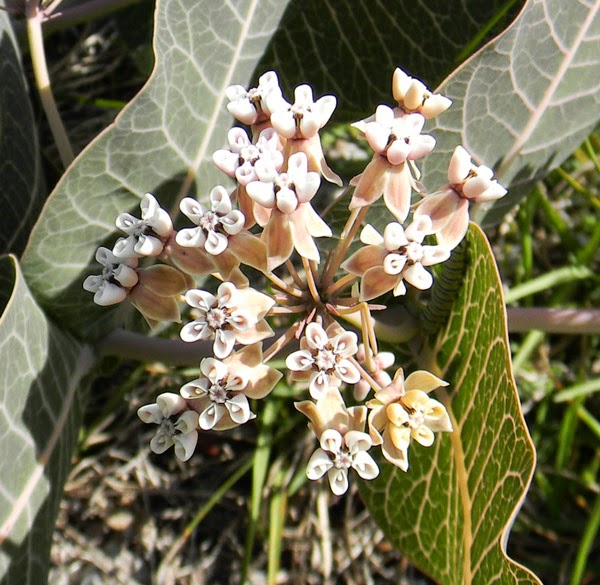
6 comments
Great post.
Thanks. This lot was a great find.
So neat.
Very cool. Hope to have our own central Florida "lot" soon. Thanks for sharing what you've learned with others!
Where were you?!? Wonderland? Seriously! Those are great finds! Defintiely go back and collect the fruit from those pawpaws…
For serious, girl. For serious!
Comments are closed.